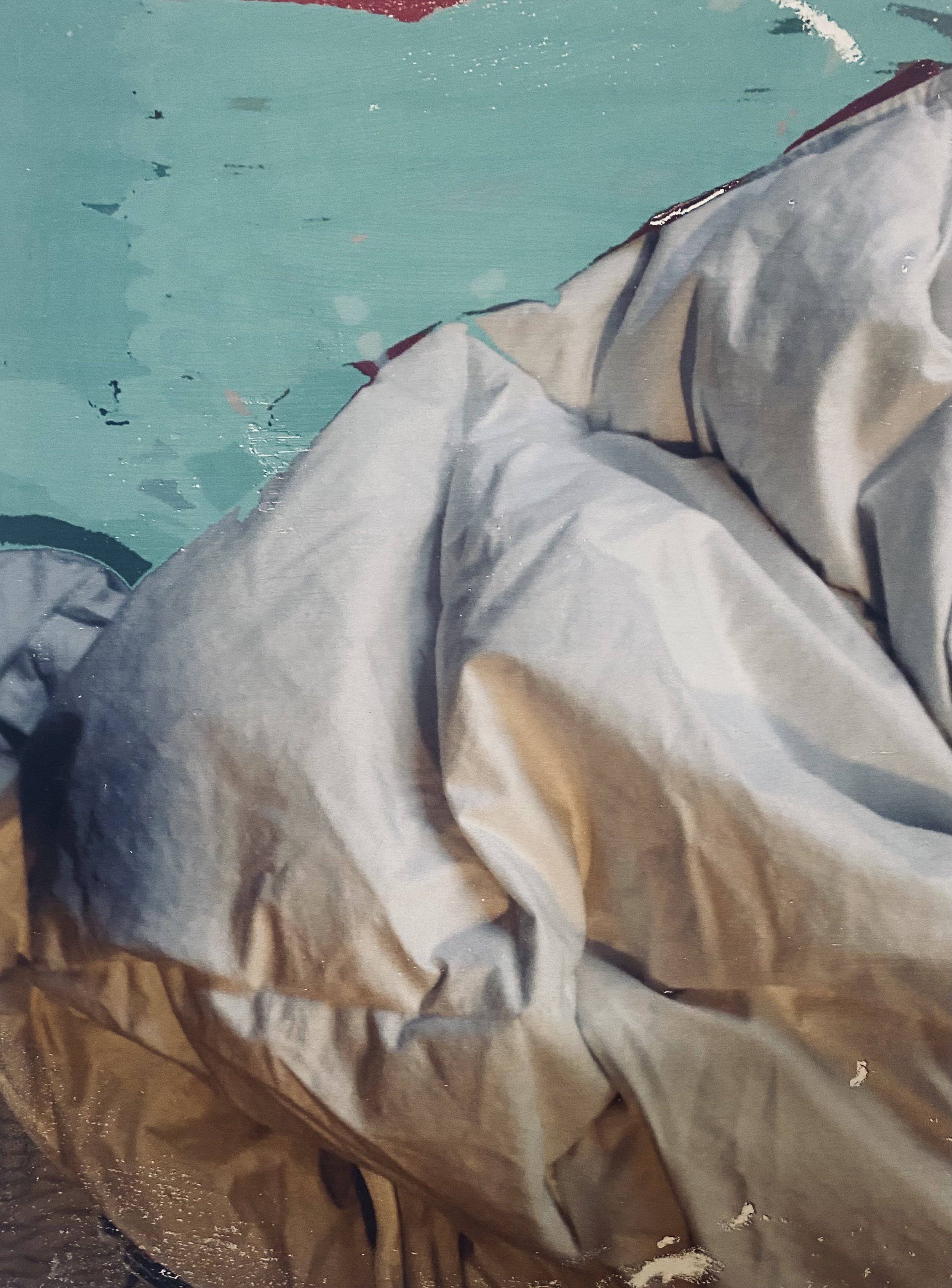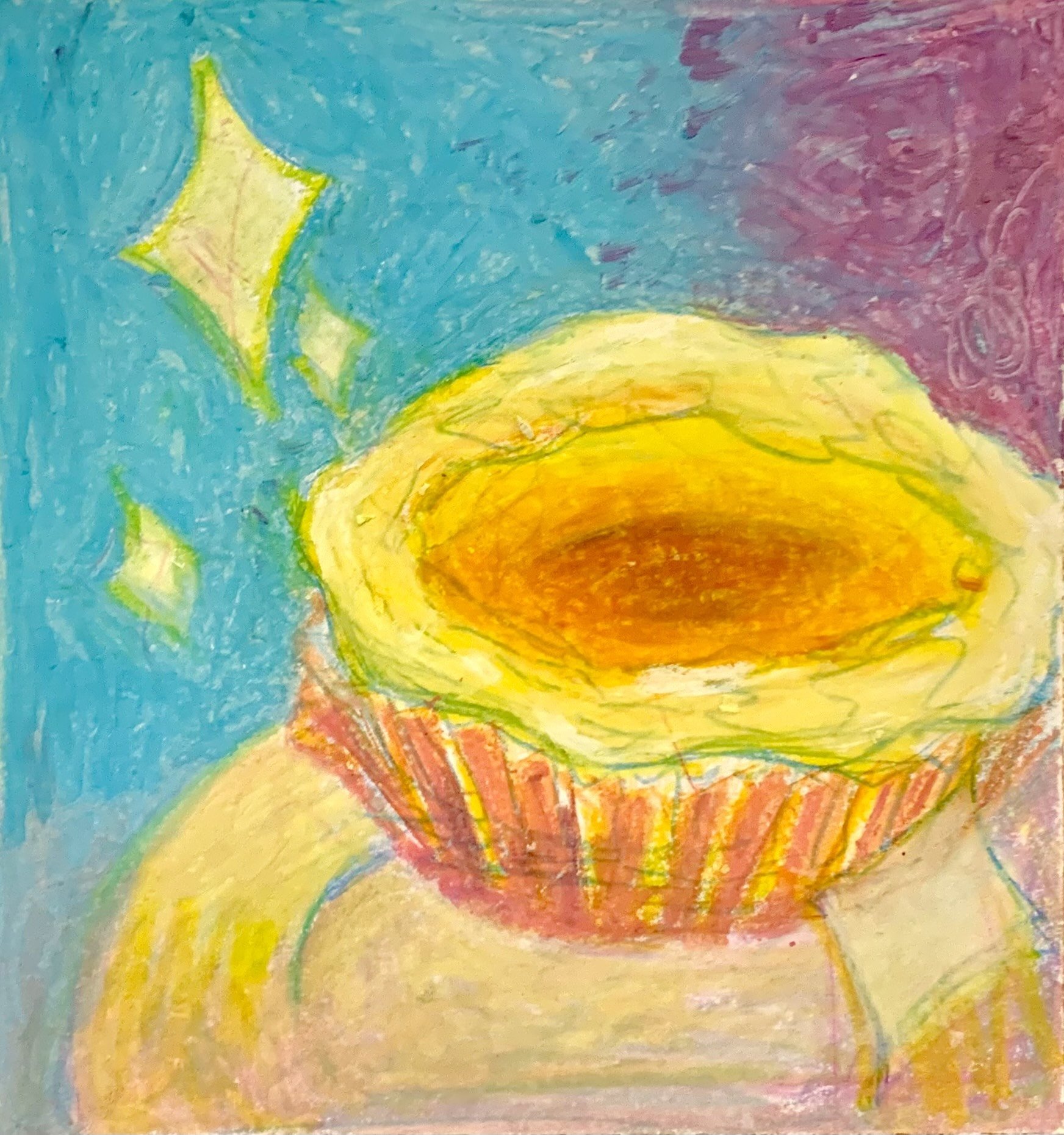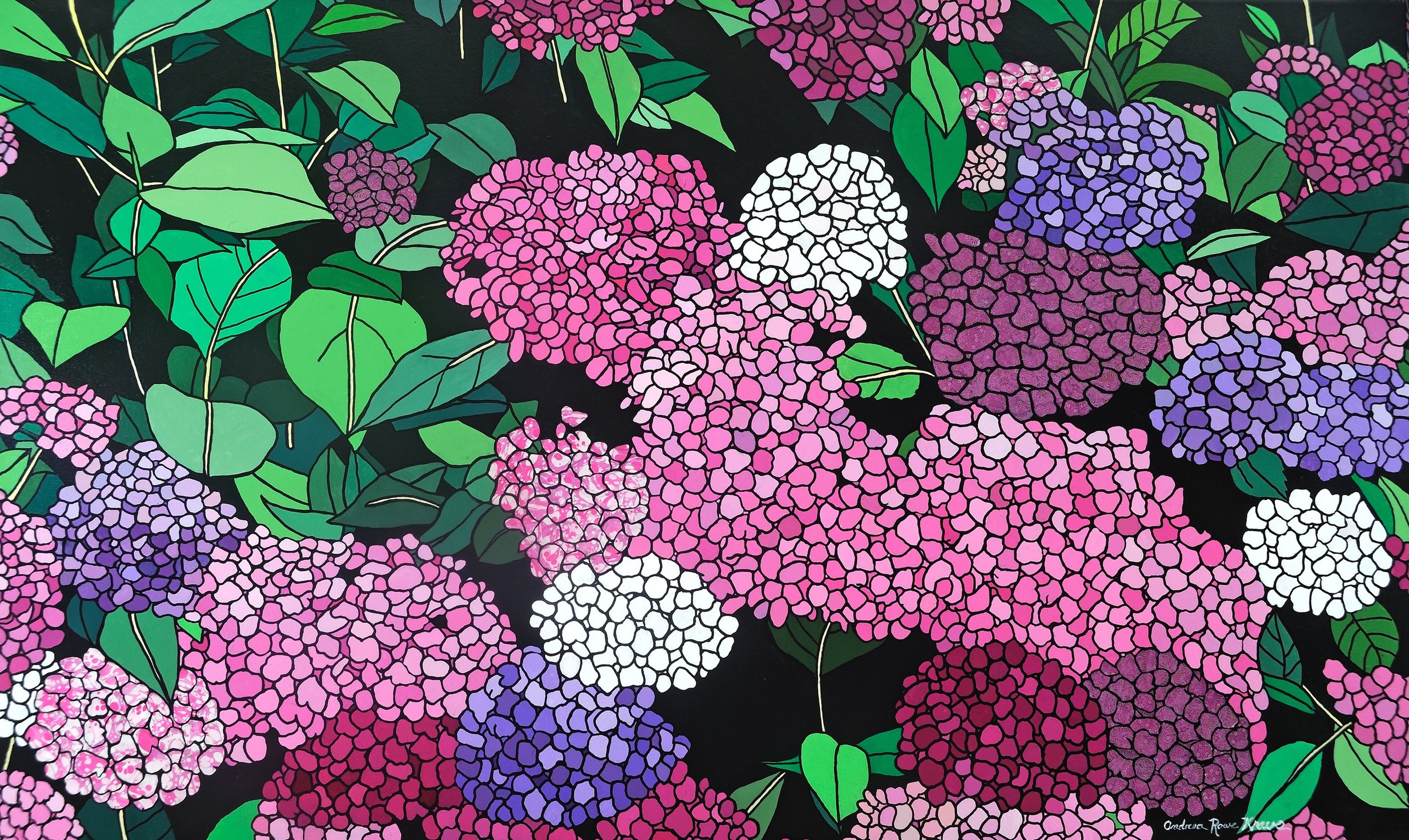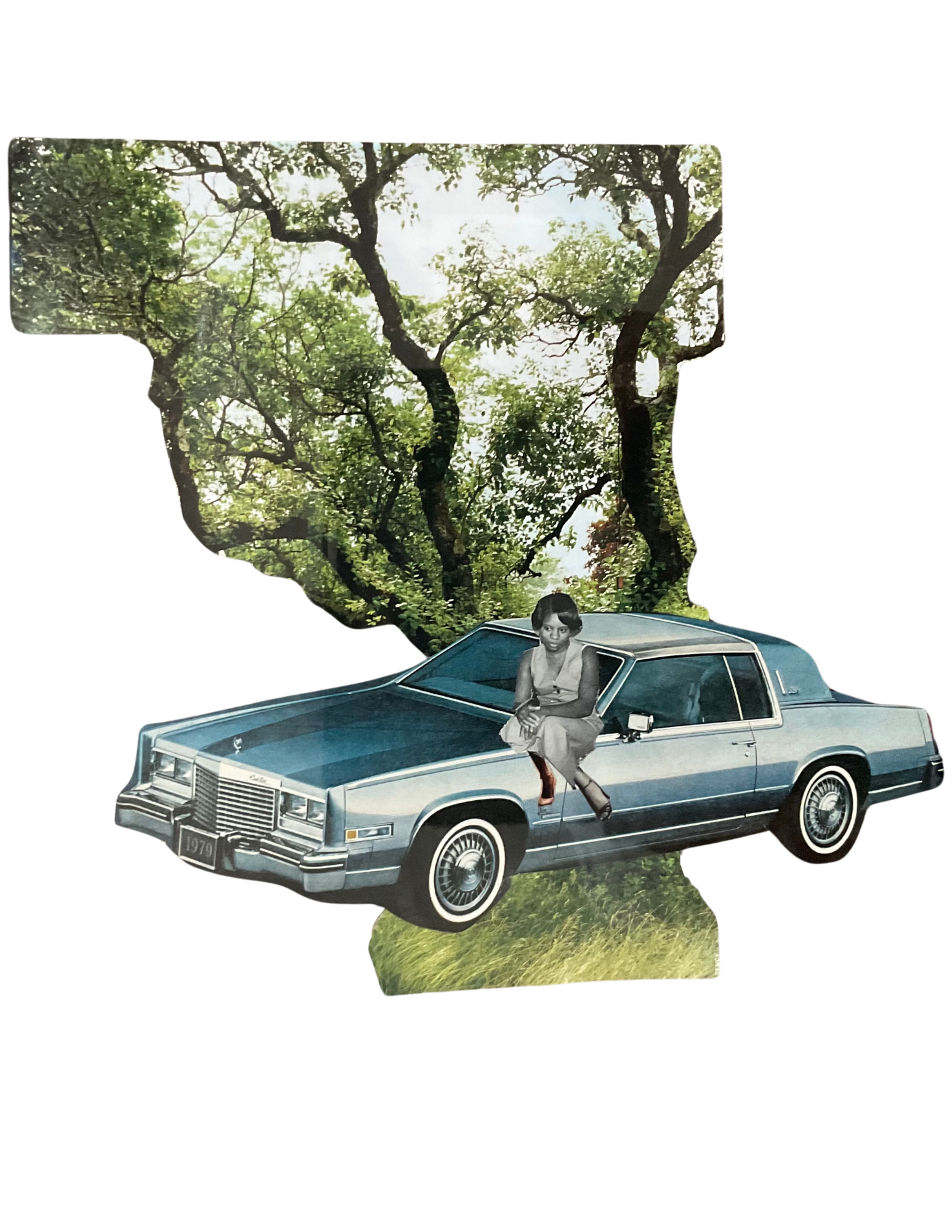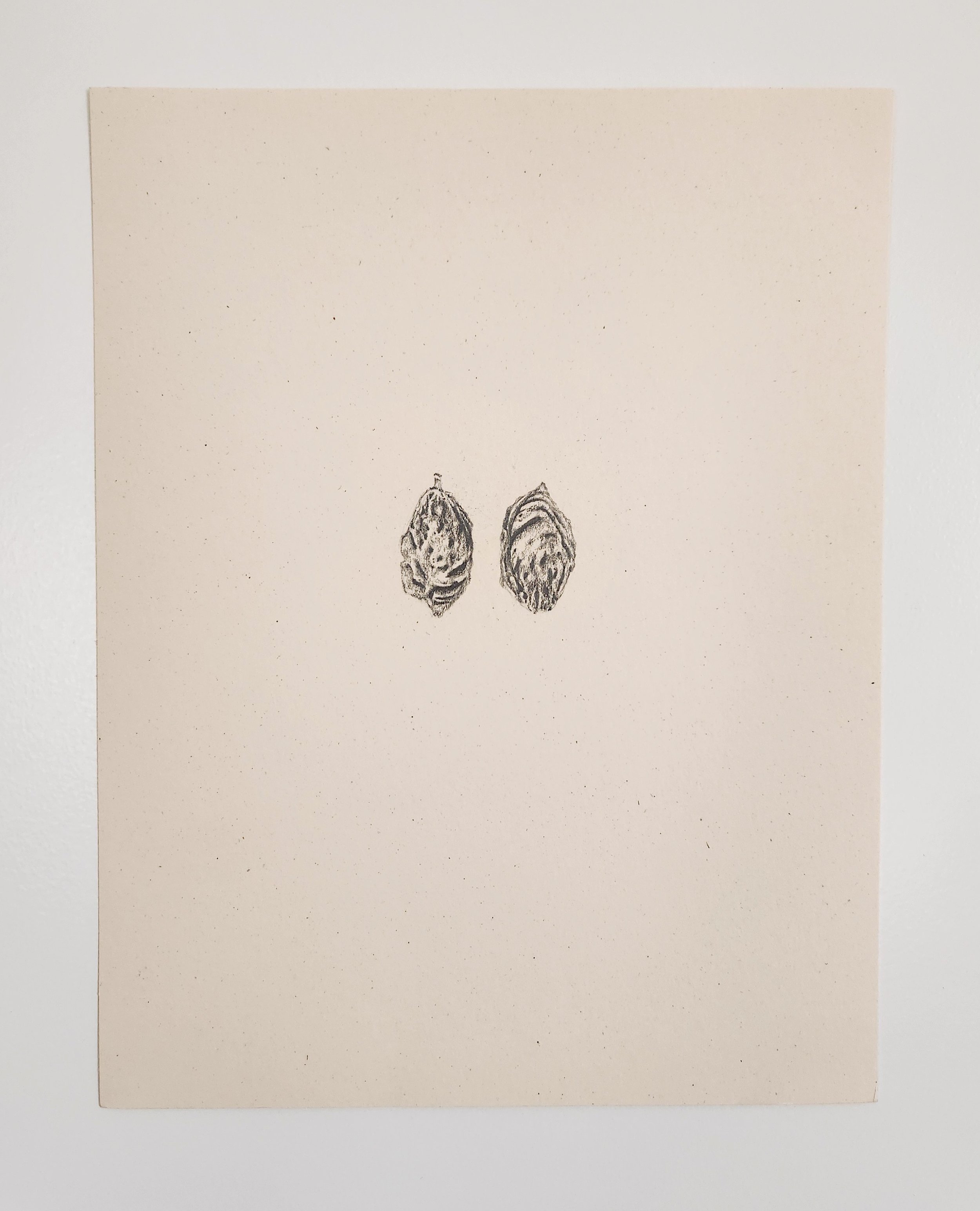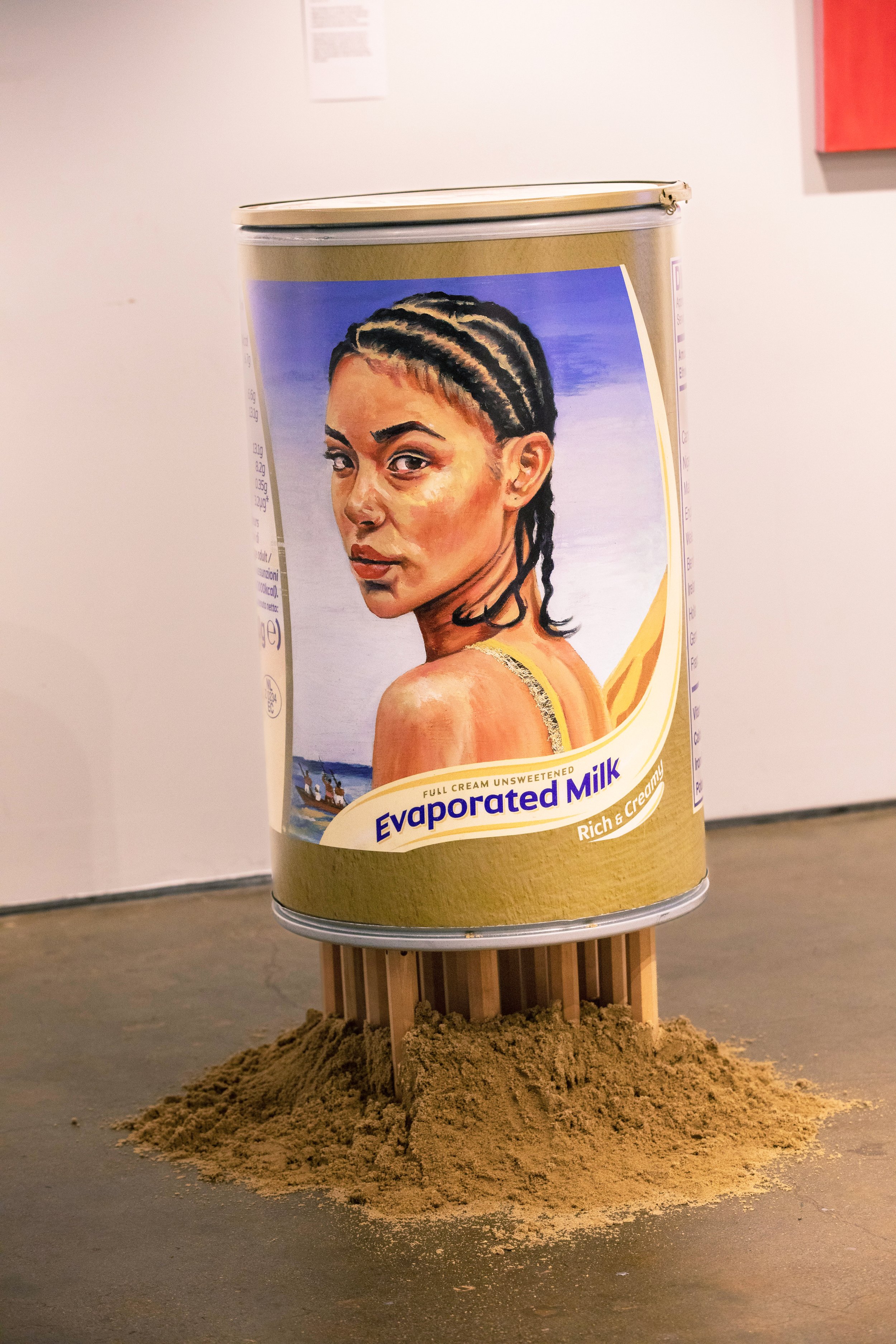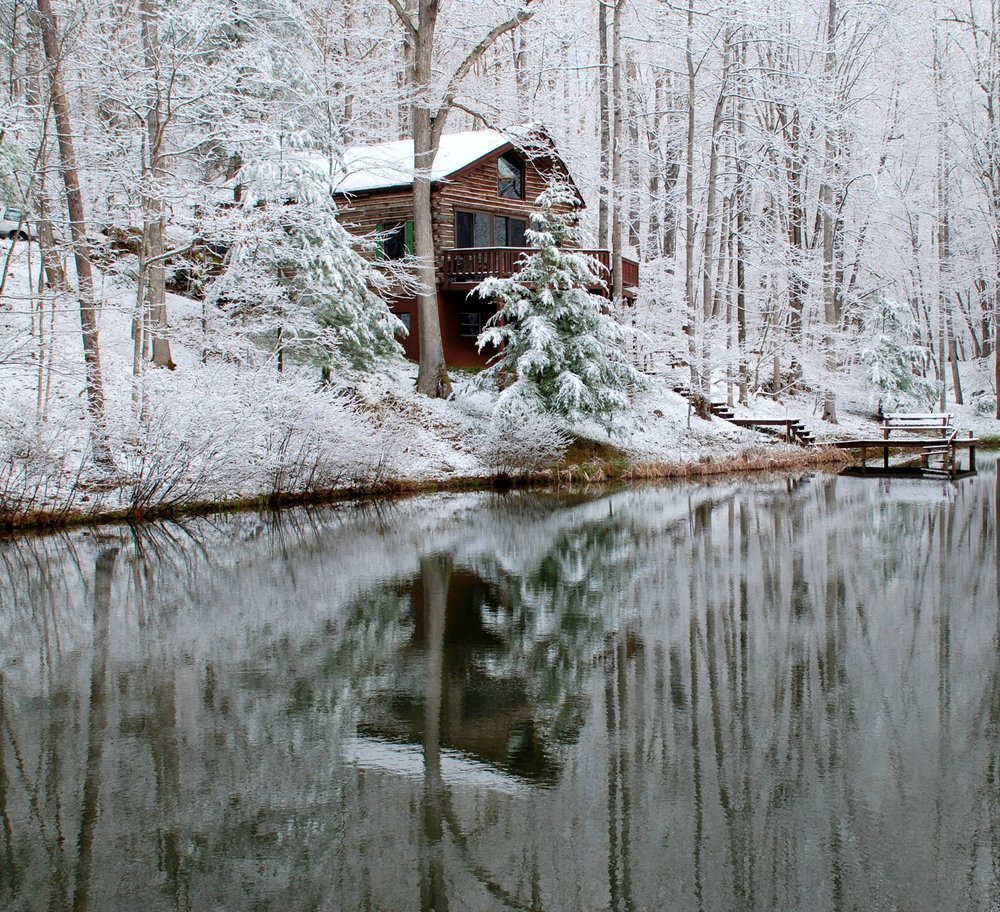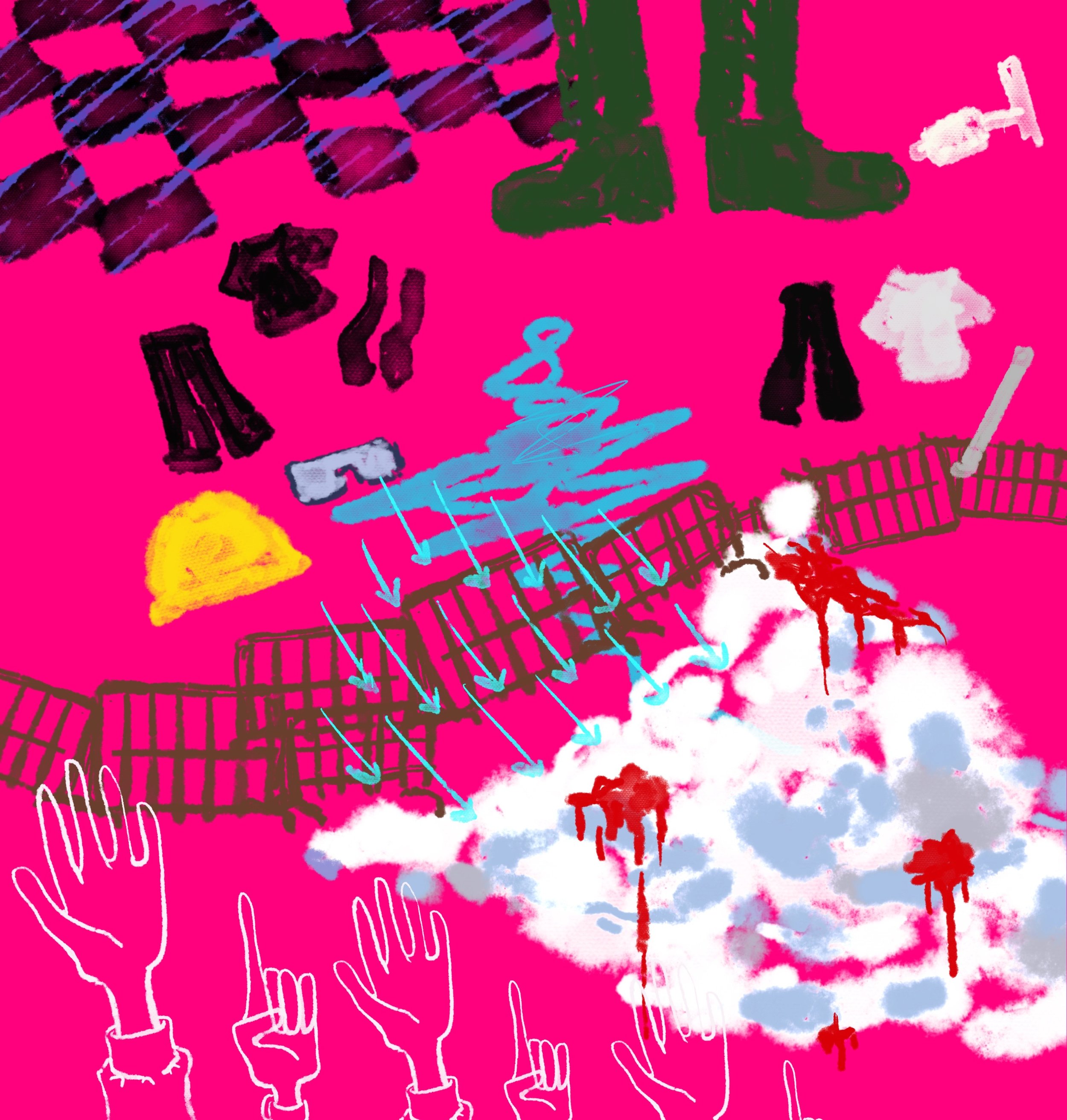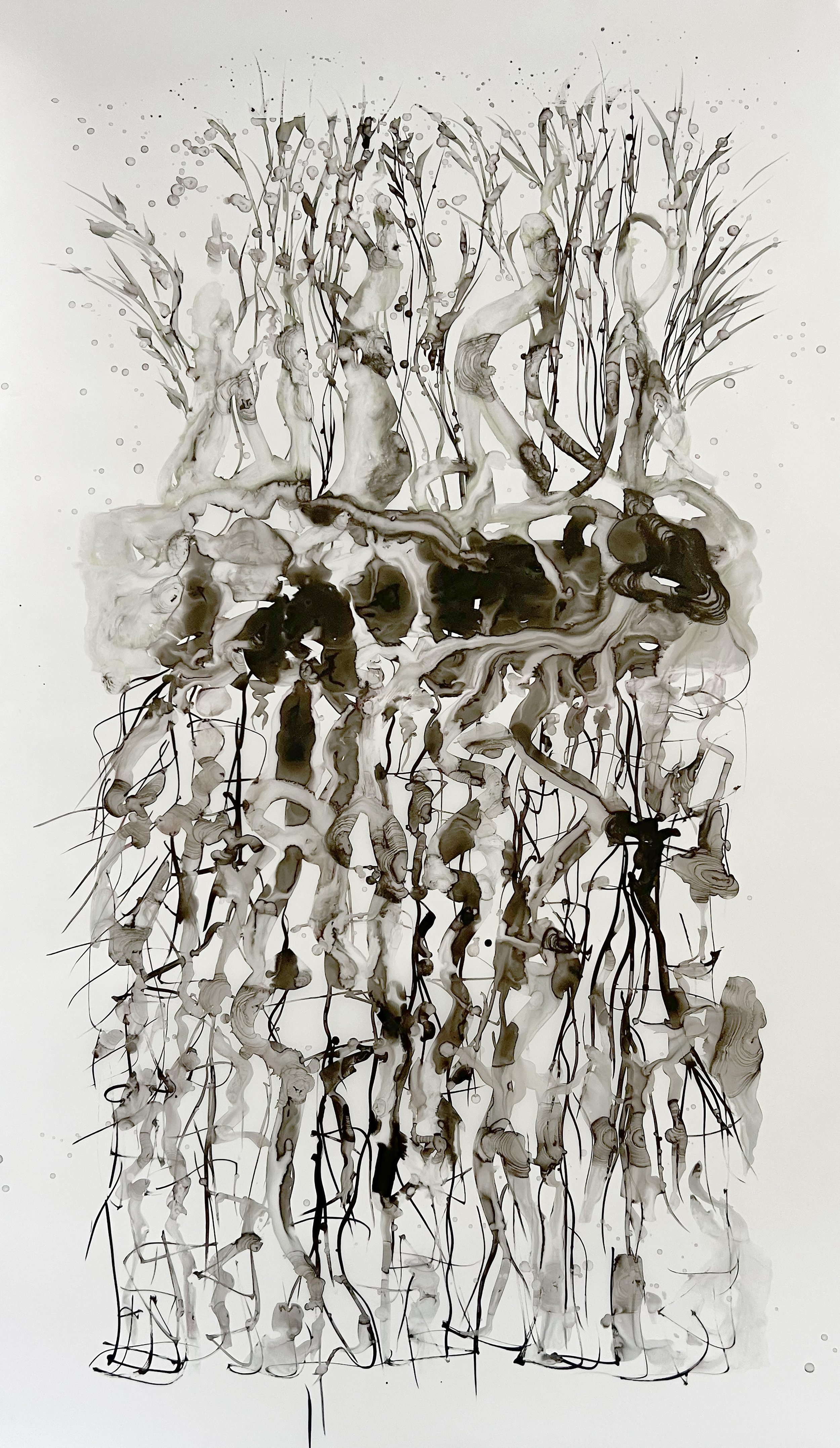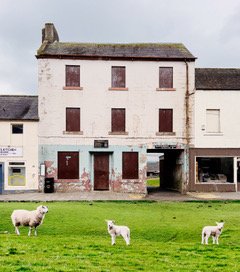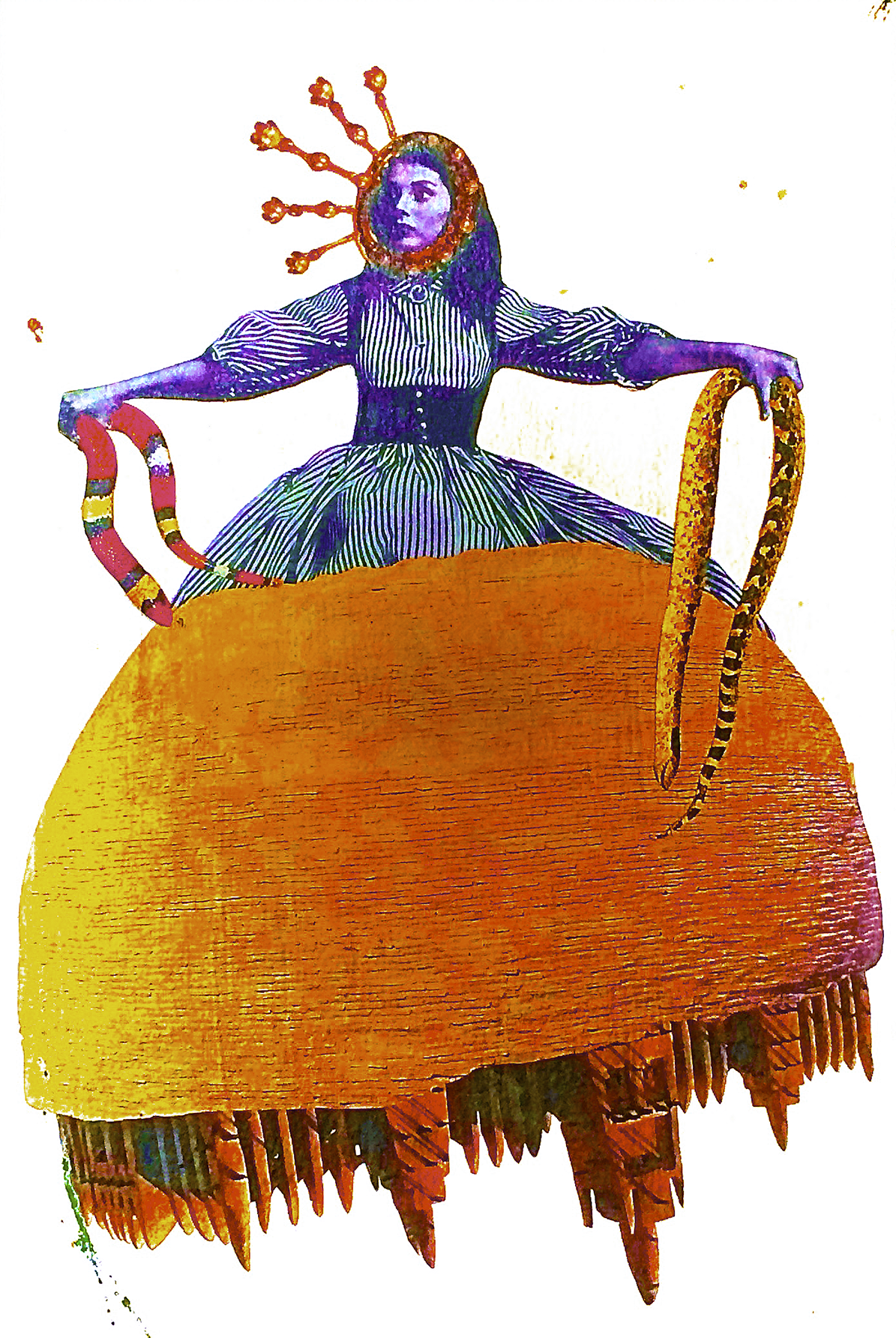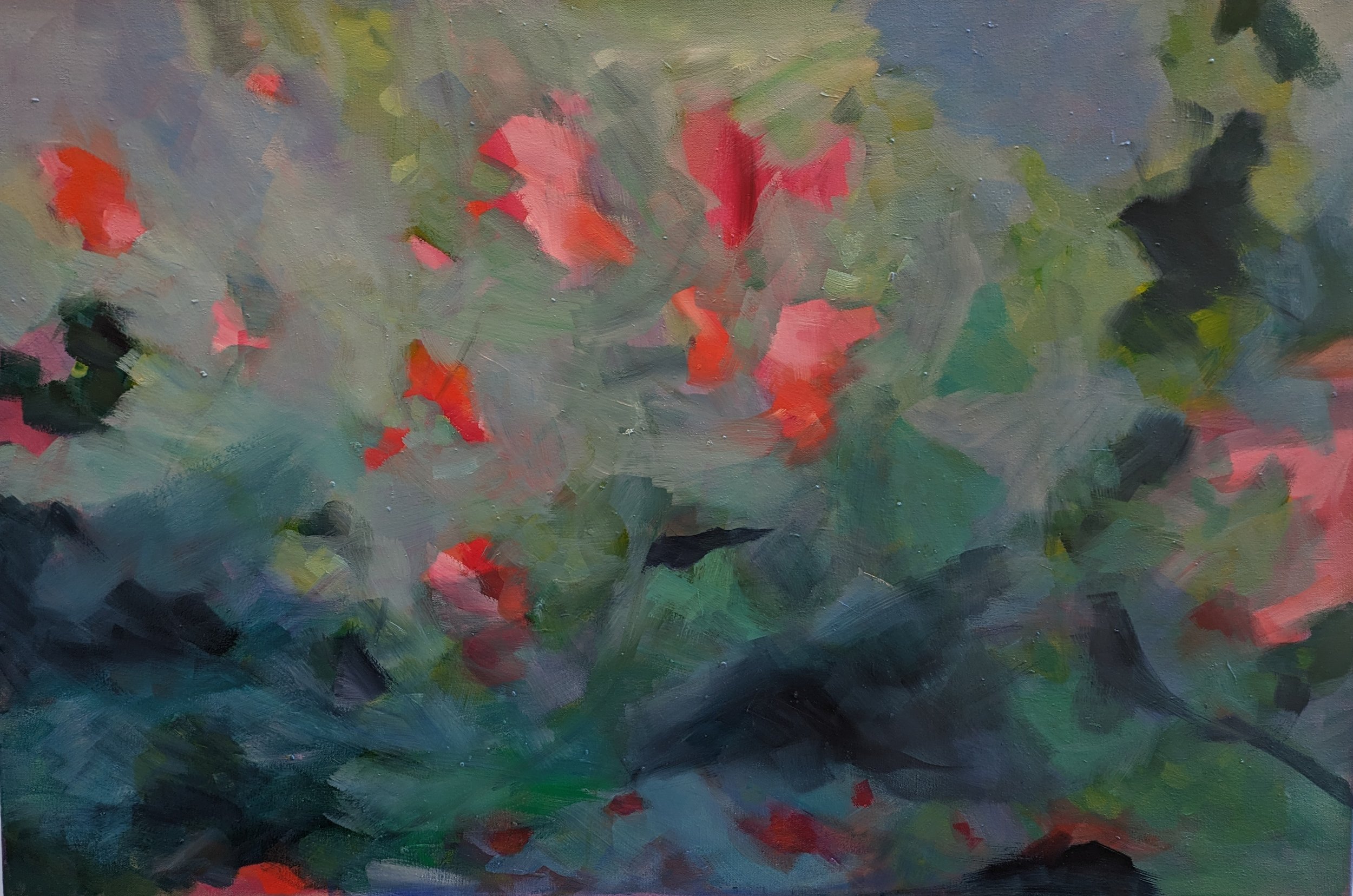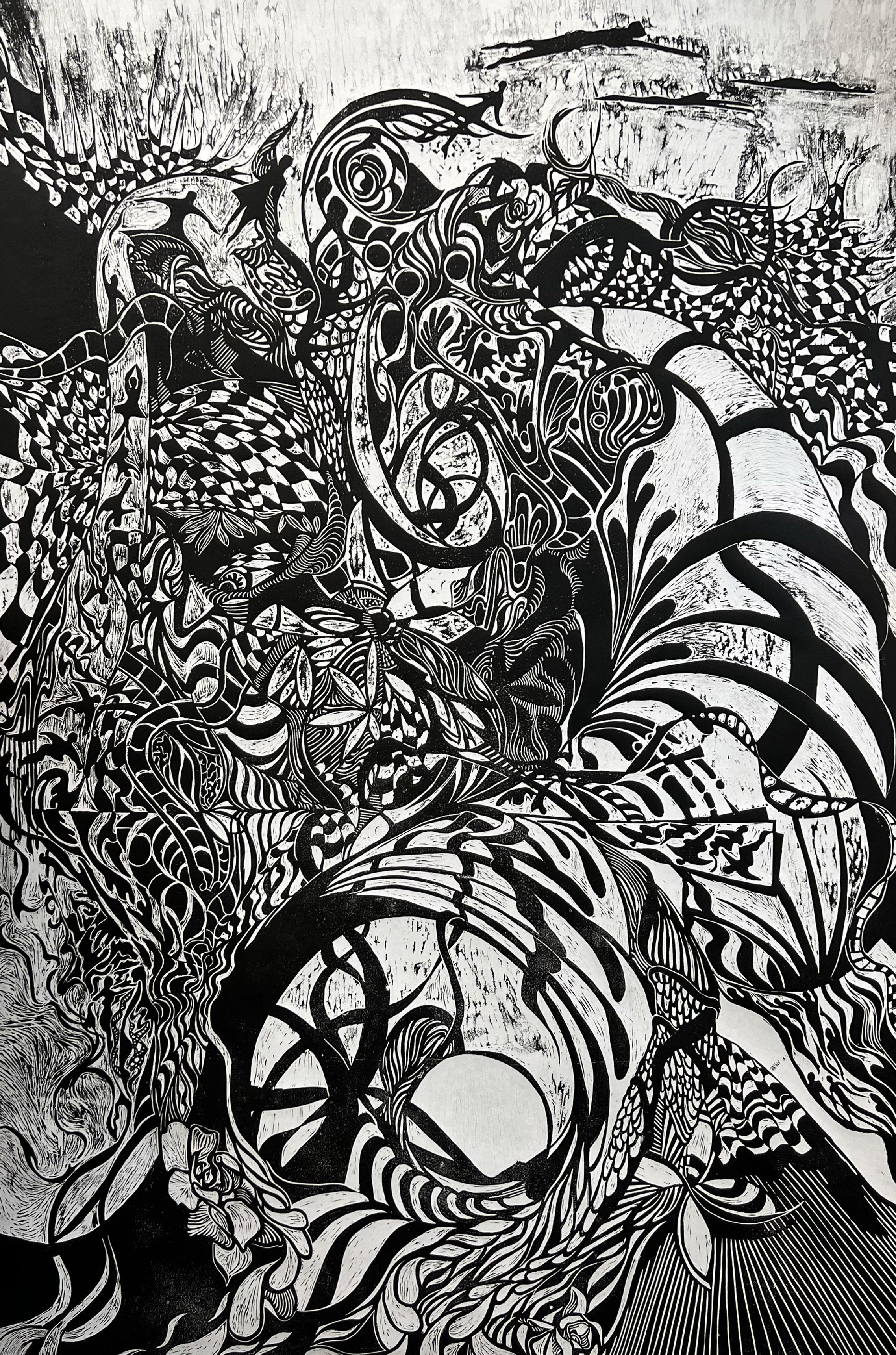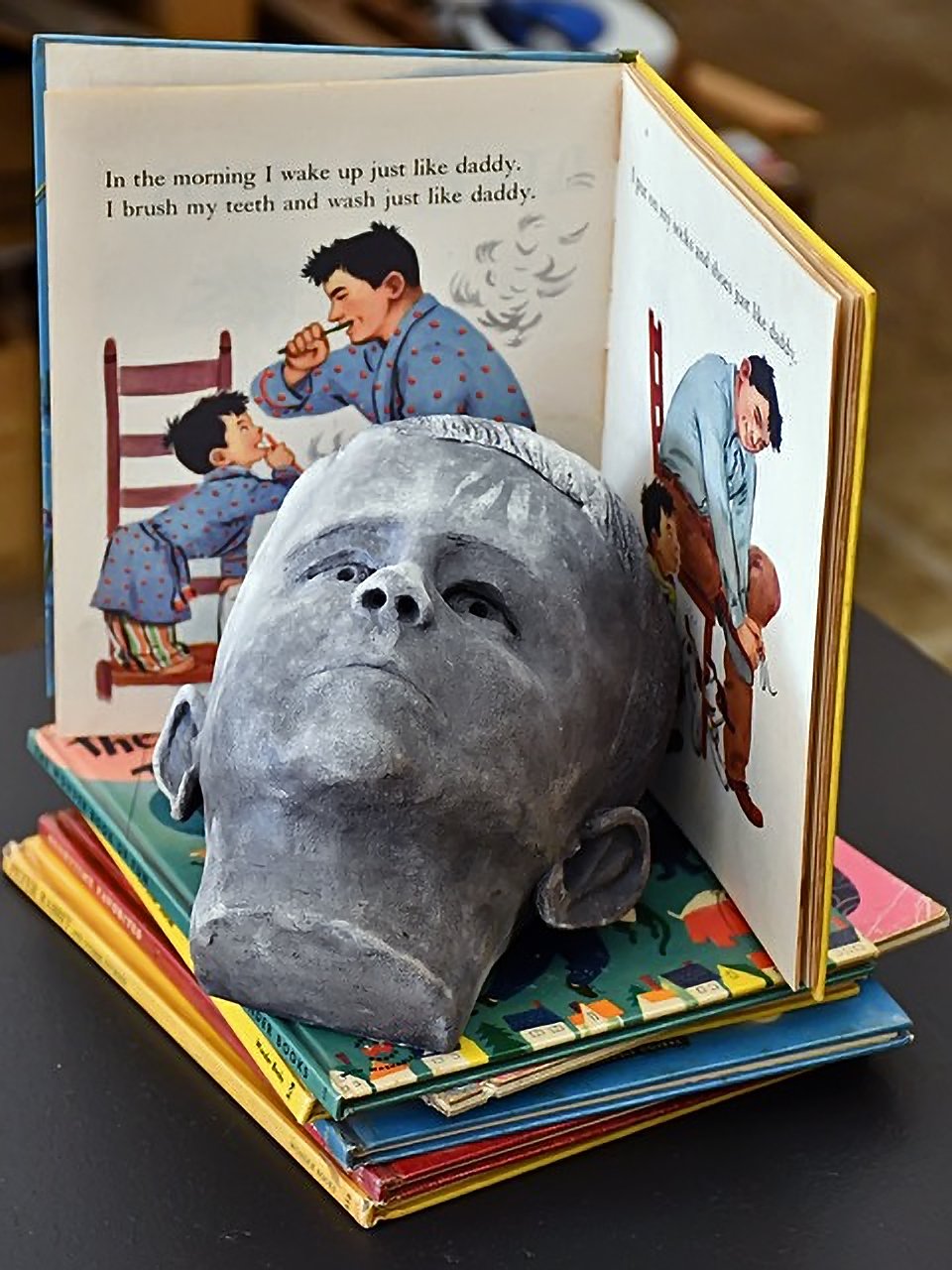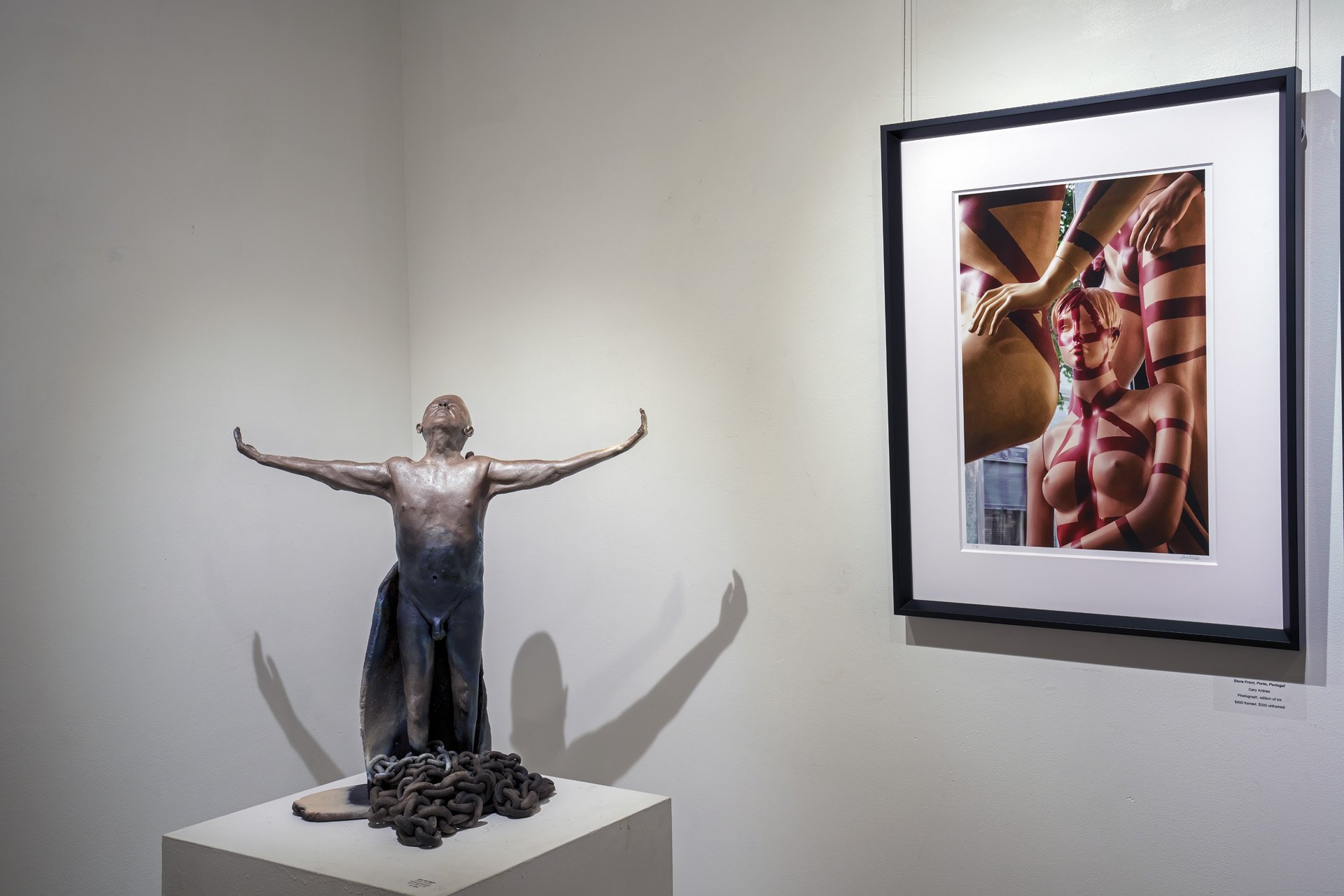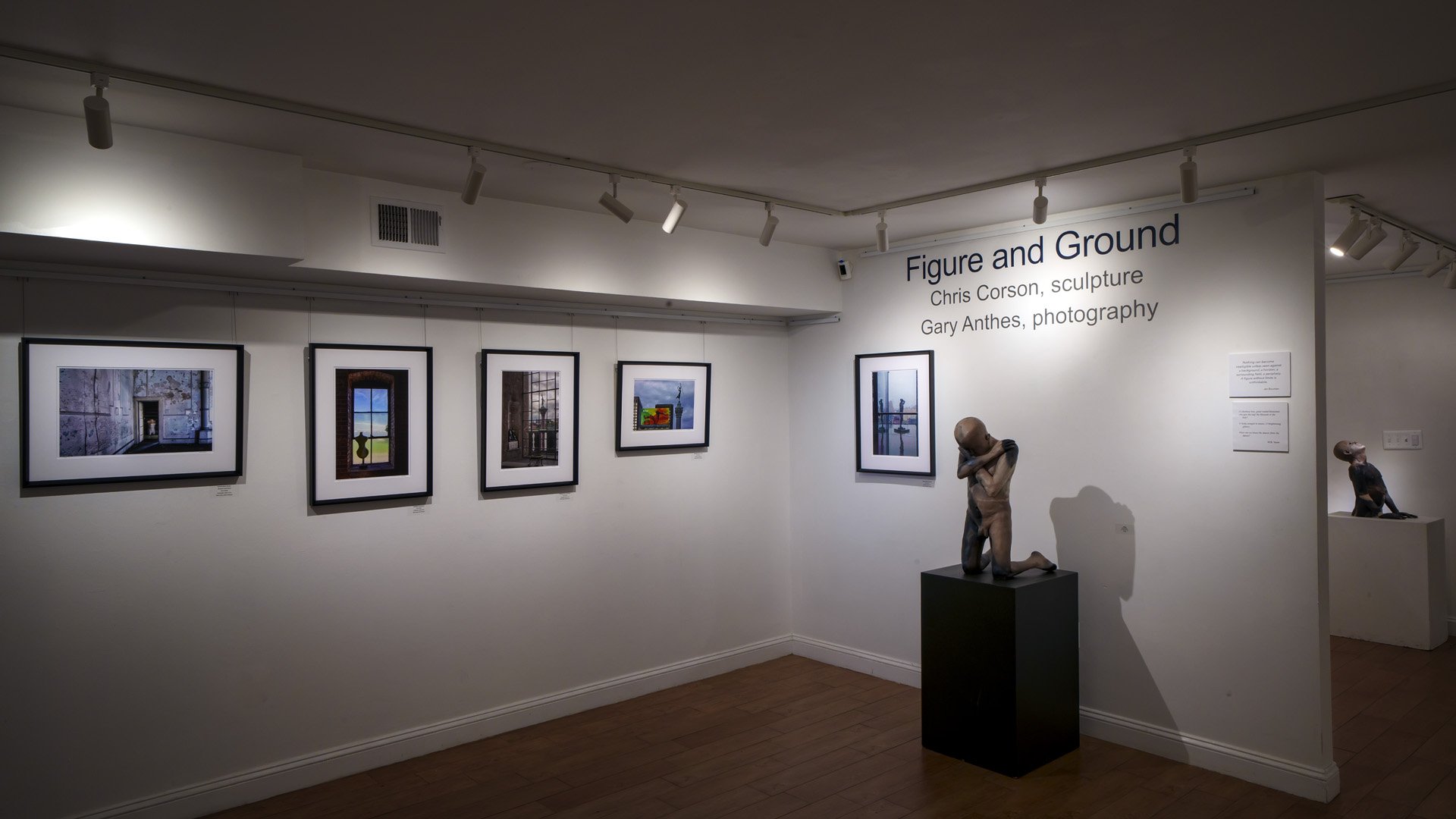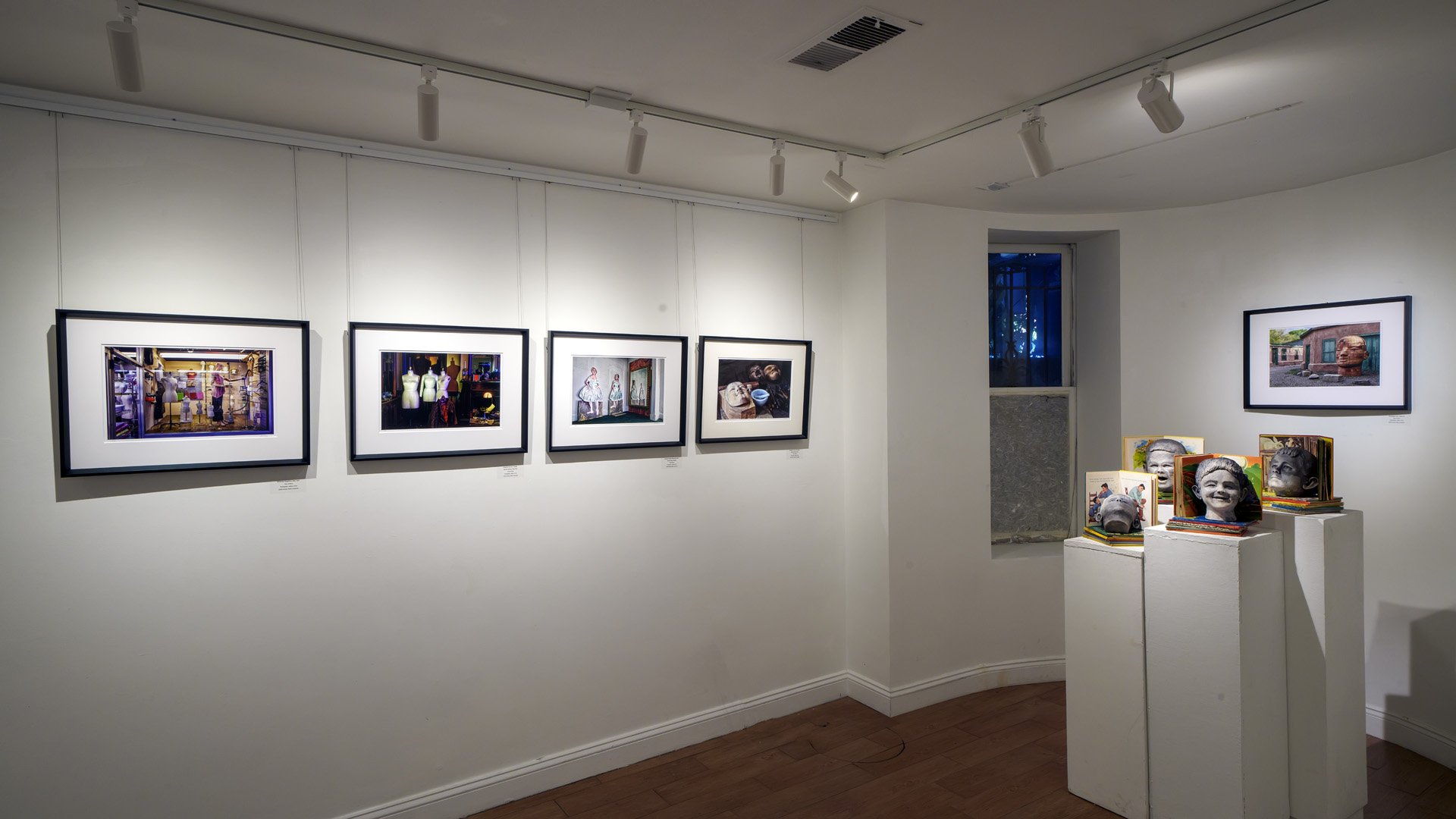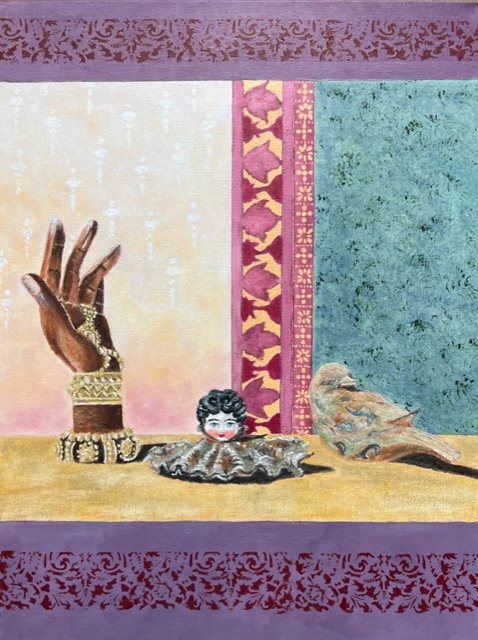June/July 2025 Exhibitions
Studio Gallery is open to the public Wednesdays, Thursdays, & Fridays from 1pm to 6pm and on Saturdays from 11am to 6pm. Masks are recommended but optional. To schedule a guided visit, please contact director@studiogallerydc.com or call (202) 232-8734.
Fleeting Moments of Nature
Cheryl Ann Bearss
Curated by Mira Hecht
June 18th - July 12th, 2025
Great Falls, Virginia by Cheryl Ann Bearss
Nature is endlessly surprising-fierce storms, seasonal palettes, and skies ablaze with color.
This series of oil paintings, created over the past year, is a reflection of my awe and deep gratitude for the moments I’ve spent immersed in the natural world and for the profound gift of being alive on this beautiful planet.
Cheryl Ann Bearss is a local artist who has painted nature and trees for the last 15 years. This is her second solo show at Studio Gallery. It will run June 18th to July 12th. Reception and Artist Talk June 28th 4-6. Closing reception July 12th 4-6.
Opening Reception & Artist Talk:
Saturday, June 28th, 2025
4-6 pm
First Friday:
Friday, July 11th, 2025
6-8 pm
Meet The Artist:
Wednesday, June 25th, 2025,
2 to 4 pm
Wednesday, July 2nd, 2025
2 to 4 pm
Wednesday, July 9th, 2025
2 to 4 pm
Closing Reception:
Saturday, July 12th, 2025
4-6 pm
In the Lower Gallery
AT THIS TIME
Coordinated Shows by Pam Frederick, Harriet Lesser and Veronica Szalus
Curated by Craig Cahoon
June 18th - July 12th, 2025
Hang Up Your Hang ups by Pam Frederick
Journey by Harriet Lesser
Thimblerigged By Veronica Szalus
Pam Frederick, Harriet Lesser and Veronica Szalus meet up again for their newest exhibition – AT THIS TIME – with each of the artists creating very different works in response to the various state of affairs evolving around us.
Frederick created the installation piece, Hang Up Your Hang Ups, which comes from the title of a jazz composition by Herbie Hancock. The work is colllaged onto found cardboard and depicts abstracted piano keys and an overall feel of rhythm, movement and color.
Lesser’s works combine manipulated photographs, transfer film with graphite, inks and paint combined with wax. The subject concerns waking up and those moments looking at the blankets on the bed and the compositions left from sleep.
Szalus’s 3D sculpture thimblerigged, holds the center of the gallery with singed tubular forms flowing up and out, and her dimensional collage, silence is surrender, examines societal choices using repurposed cardboard layered with pastels, paint, charcoal and carbon deposits.
Visitors are invited to view the works on multiple levels highlighting the impact visual forms can have on each of us, sparking conversations and visions.
Opening Reception:
Saturday, June 21st, 2025
3-6 pm
First Friday:
Friday, July 11th, 2025
6-8 pm
Closing Reception:
Saturday, July 12th, 2025
4-6 pm
In the Garden Gallery
Where The Trees Meet
Irene Pantellis
Curated by Iza Thomas and Robert Cwiok
June 18th - July 12th, 2025
Where The Trees Meet by Irene Pantelis
Opening Reception:
Saturday, June 21st, 2025
3-6 pm
First Friday:
Friday, July 11th, 2025
6-8 pm
Closing Reception:
Saturday, July 12th, 2025
4-6 pm
Olivia Bruce
Curated by Iza Thomas and Robert Cwiok
June 18th - July 12th, 2025
Untitled by Olivia Bruce
Opening Reception:
Saturday, June 21st, 2025
3-6 pm
First Friday:
Friday, July 11th, 2025
6-8 pm
Closing Reception:
Saturday, July 12th, 2025
4-6 pm

